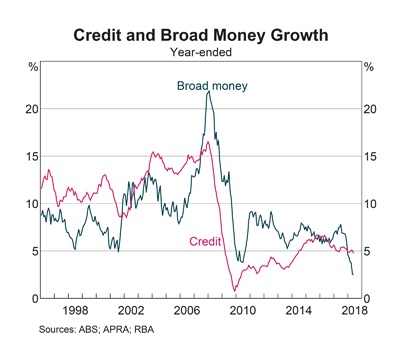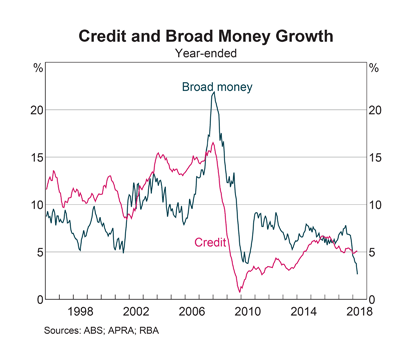One of Australia’s largest cement and construction materials producers, Adelaide Brighton Ltd (ABC), announced their half year results today. The media statement contains a decidedly bearish outlook for the housing market.

Operational Review
Demand for construction materials slowed further during the period. Australian residential construction approvals declined more than 25% on seasonally adjusted terms for the six months to June 2019 and residential construction is forecast to continue to decline until 2021, until it returns to growth. However, the Company expects both mining and infrastructure to increase demand for construction materials in the near term. Capacity expansion in iron ore and gold production, along with the reopening of nickel capacity, will increase the demand for both cement and lime in Western Australia and the Northern Territory.
Outlook
For the balance of 2019, Adelaide Brighton expects demand for construction materials to:
- Weaken in east coast markets and South Australia, until the commencement of further planned infrastructure projects;
- Remain stable in the Northern Territory and Western Australia;
- Improve in the lime business as a result of increased gold and nickel production in Western Australia; and
- Increase in concrete and aggregates due to more available work days, seasonality and volumes generated via Scotchy Pocket quarry.
Auction clearance rates in Sydney and Melbourne have improved but sales volumes remain low. We have witnessed recent improvement in consumer attitudes towards housing investment but whether this translates into increased activity will depend on:
-
- APRA’s macro-prudential controls on bank lending;

- The global economy;
- Impact of the trade war on China’s economy; and
- Domestic employment prospects.













































































